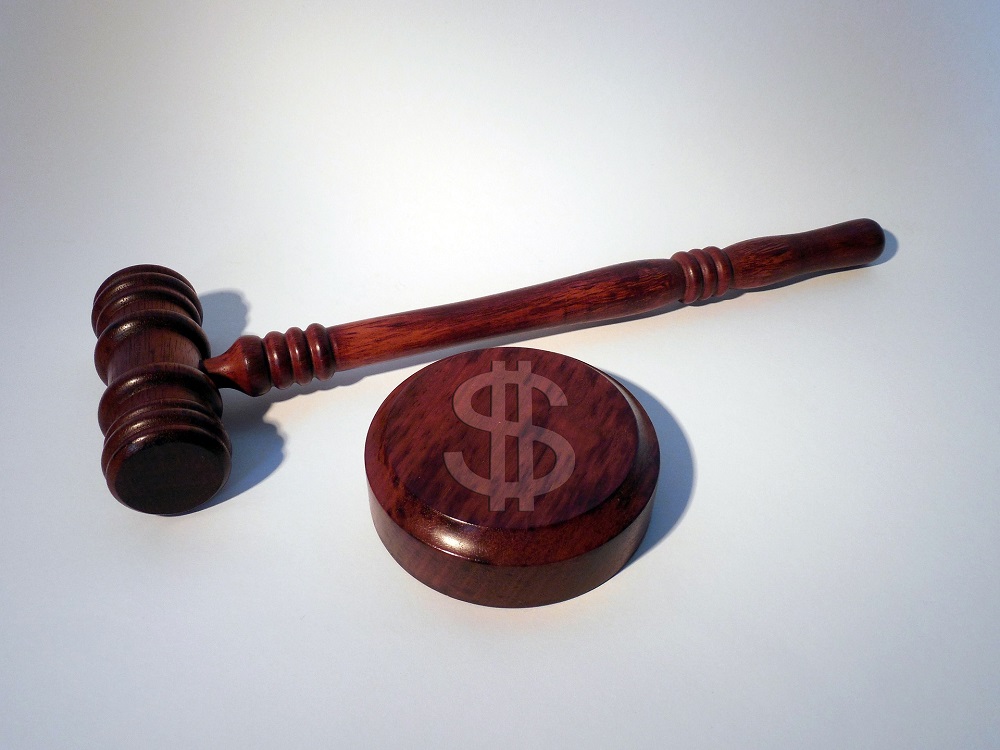In many cases involving harm done to a plaintiff by a corporation, there will be an element of punitive damages in trial. Punitive damages are assessed against a corporation or other defendant for their wrongdoing against the plaintiff, and these damages are separate from the plaintiff’s injuries. So, in many cases, how can an attorney argue for these damages effectively and present their case to a jury? Well, there are several methods to present your case, and some of them will be discussed below.
First and foremost, it is important to tell the truth to the jury. This is a simple step, but it is important. Showing the damage done to your client, both physically and emotionally, is important to arguing for punitive damages. It is also important to keep your argument simple, to help guide the jury through your case. By keeping your argument simple, you will help the jury understand the nuances of your case, and you can do this throughout your direct and cross examinations as well.
In order to tell a compelling story for your client to show there were physical and emotional damages, and that the company needs to be punished, is to create themes, and use exhibits and diagrams to your advantage. Creating themes will allow you, as the attorney, to create guideposts to help the jury follow your case. You can also use exhibits, like photos and diagrams, to tell your clients story as well.
This conveniently segues into the next way you can show that your client is entitled to punitive damages: humanize your client. Tell their story. Show the jury that your client is a normal person, who has been injured by a company or someone else’s wrongdoing. Talk about your client’s life and things that have been hard for them to do since the injury. Tell the jury about important accomplishments your client has made in their life before the injury.
Above all, always empower the jury when it comes time to close the case. In closing arguments, make sure the jury knows that your client has been injured. Use persuasive arguments to make the jury feel anger toward the defendant and their wrongdoing. Overall, it is always important to let the jury know that the case is in their hands. They are the ones that can hold a company or a person accountable for their deeds.
In many cases, punitive damages can be tough to prove, and can sometimes be difficult to argue for as well. But by using some of the advice given in this blog, you can effectively show why a person or company should pay punitive damages for injuring your client and committing some sort of wrongdoing.
If you or a loved one have been affected by an injury, accident, or death, contact an experienced personal injury attorney at Hurst Limontes, LLC. We have decades of combined experience fighting for our clients in any number of personal injury claims. Call 317-636-0808 or email us for a FREE and confidential consultation.





